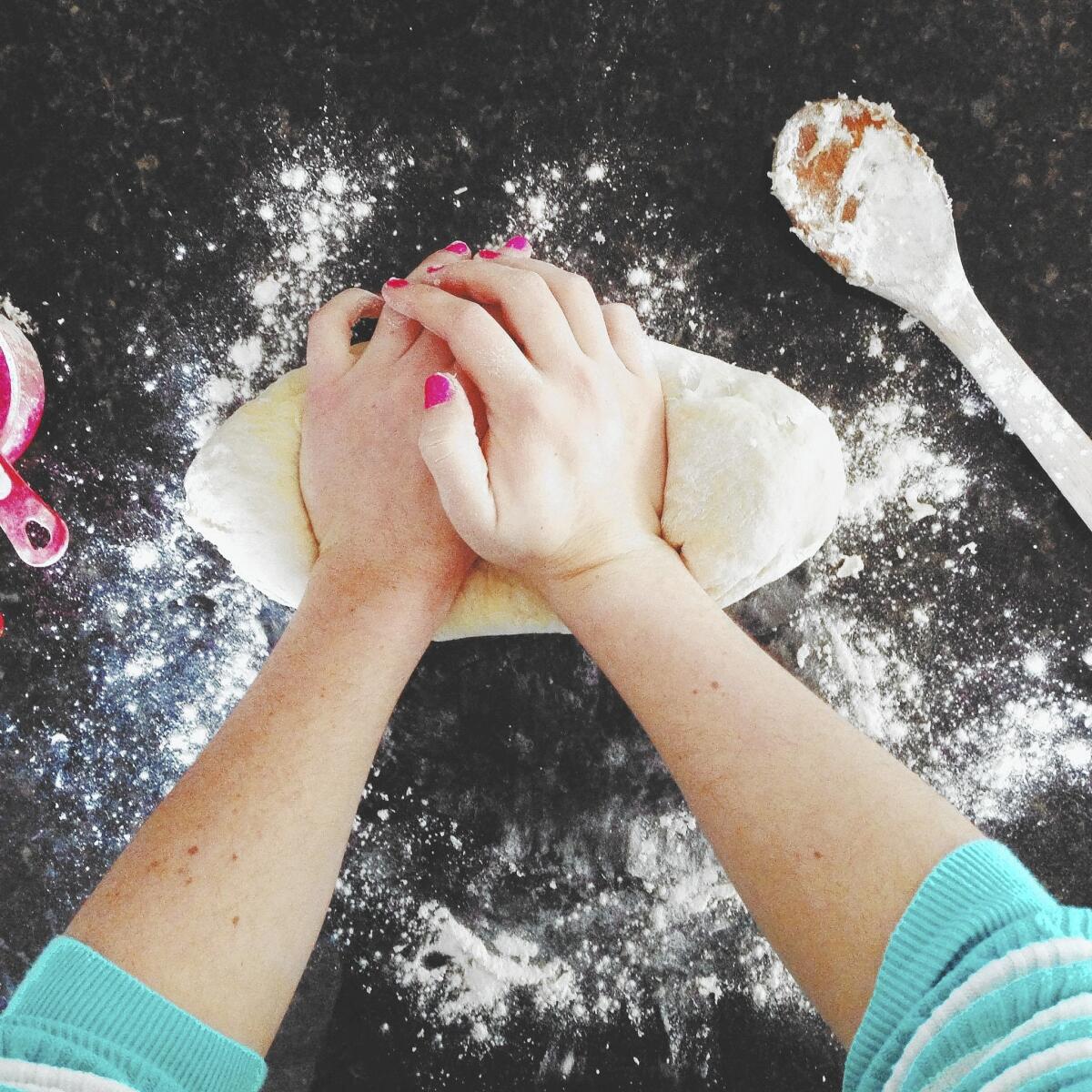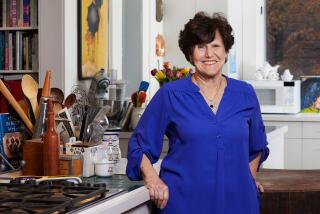The joy of crafting food is a little miracle we can tap into again

Images from my Instagram feed slide down the screen: glistening fruit in jars, pickles floating in dill-sprigged brine, wonky handcrafted breads, vinegars infused with herbs from the garden, tomato sauce put up in old wine bottles. Everybody proudly showing off what they’ve just made.
The craft of food — drying, preserving, pickling, fermenting — is in vogue. And not for the first time.
It seems to be cyclical, skipping a generation. My Nebraska grandmother lived on a farm and did all those things out of necessity. She had to churn her own butter, bake a dozen loaves of bread a day, put up jams and jellies and whatever she grew in the garden for the winter, even chicken-fry the various parts of an entire steer. My mother, into convenience, did none of those things.
And yet, caught up in the California food revolution in Berkeley in the ‘70s, I found myself baking bread in the middle of the night, making fresh pasta and my own sambals and sausages, foraging for mushrooms and wild greens — doing what all the cool kids did in that time and place.
One of my inspirations was an Italian immigrant (and later university professor and author) named Angelo M. Pellegrini, who wrote exuberantly about America’s abundance with the delight and awe of someone who had once known hunger. But he couldn’t understand why so much of the food was cooked and eaten with indifference.
He vowed to change all that and show his now-fellow Americans how much joy there could be in growing and cooking their own food. In a series of books — “The Unprejudiced Palate” (1948), “Wine and the Good Life” (1965), “Food Lovers Garden” (1970) and more — he exhorted readers to discover the delights of cooking and gardening as an antidote to boring or stress-inducing work.
Alice Waters wrote of “The Unprejudiced Palate”: “His thoughts about the foods themselves, the home garden as a source of the foods we cook, and our essential connection with the earth echo the thoughts that led us to seek out the fresh, local, seasonal foods we love to serve at Chez Panisse.”
The book also got a rare nod from the reigning food writer at the time, M.F.K. Fisher: “‘The Unprejudiced Palate’ was the first true statement I had read about living as it can and should be in the western coastal America that I love.”
It’s easy to get caught up in his rather old-fashioned prose as he tells how to cook chicken, make wine or grow artichokes. I remember reading his rapturous description of arugula, and then getting hold of some seeds smuggled from Italy, planting them and tasting arugula for the first time kneeling in my own garden to pick the peppery emerald leaves.
Pellegrini’s legacy is this: showing Americans that preparing and eating good food of the season and from the garden is an important part of a life well lived. And we’re just discovering it all over again.
These kinds of skills — and they are that — are a much-needed antidote to computer and social media burnout. It’s remarkable how touch, smell, taste and the beauty of making food can bring us back to ourselves, remind us of the world. It doesn’t necessarily take a lot of time. But it takes attention to the moment. Transforming raw ingredients into bread or pickles or jam, or putting a meal you have made on the table is one of the small miracles of living on this planet. Catch it while you can.
Follow me on Twitter @sirenevirbila
More to Read
Eat your way across L.A.
Get our weekly Tasting Notes newsletter for reviews, news and more.
You may occasionally receive promotional content from the Los Angeles Times.






